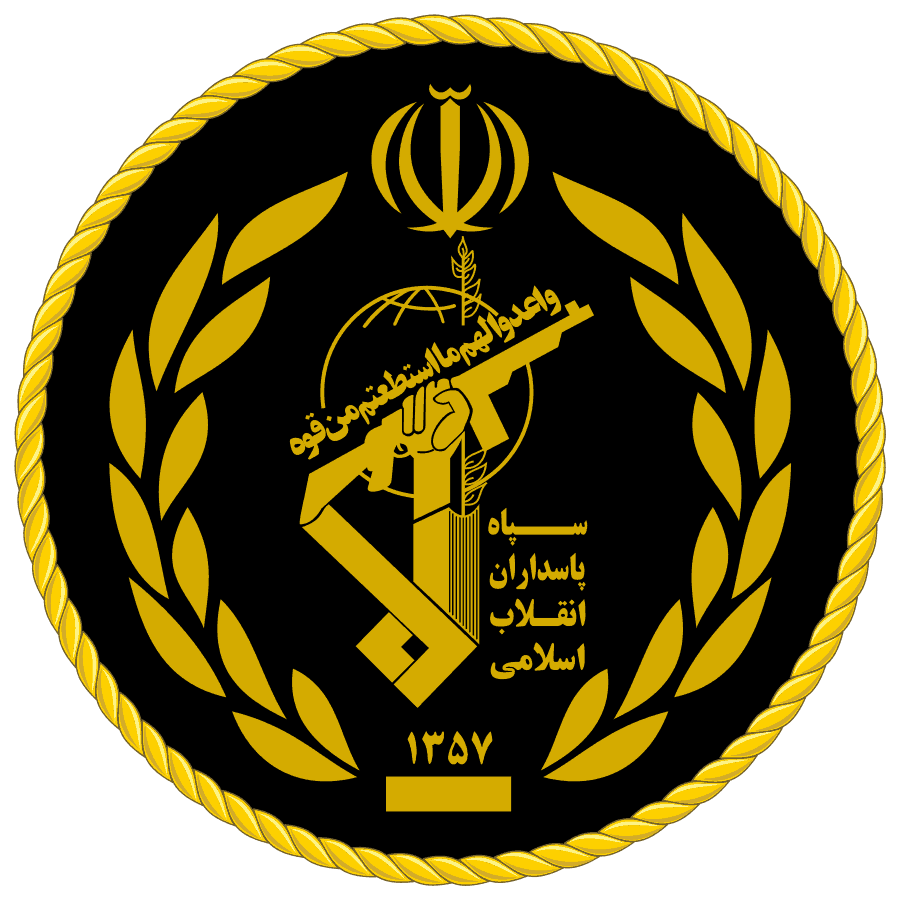The Quds Force, founded in 1990, is an elite Iranian unit, comprised of approximately 15 thousand members. The Quds Force consists of both Company (mission-oriented) headquarters and geographical headquarters and reports directly to the Supreme Leader of Iran, Ayatollah Khamenei.
The Quds Force belongs to Iran’s Islamic Revolutionary Guard Corps (IRGC) and is their key branch (one of five). The IRGC is essentially a military branch, independent and separate from Iran’s Armed Forces, and their main duty is upholding the stability and security of the regime.
The Quds Force is responsible for carrying out the regime’s objectives outside Iran’s borders. It is considered the regime’s central executive branch for implementing the regime’s ideology. Its main tasks are military support of various allies (countries or proxy organizations), expansion of the revolution by establishing Iranian influence (“Shiiteization”) and carrying out terrorist operations that serve Iran’s interests all over the world. These tasks are considered by the regime as of utmost priority.
Immediately following the elimination of Qasem Soleimani, commander of the Quds Force, Khamenei, Iran’s Supreme Leader, appointed Soleimani’s deputy, Esmail Qaani, as the Force’s new commander. The appointment was done in the swiftest possible way to ensure the continuity and stability of the Force. However, it is difficult to predict whether Qaani will be considered the “Supreme Leader’s son”, as Soleimani was, or if his status will be solely the Corp’s Commander in the IRGC.
Qaani was born in 1957 in the city of Bojnourd, Iran, north of Mashad, in the Razavi Khorasan Province. Qaani joined the IRGC at the start of the Iran-Iraq War at the beginning of the 1980s. Throughout the war, he advanced in the ranks, performing different duties, until he was appointed as the IRGC’s Fifth Division Commander. After the war, he served in the Corps’ Intelligence Unit and was involved with the Corps’ missions that were carried out against drug dealers, primarily on the Afghanistan border.
In the 1990s, he joined the Quds Force and was in charge of the Pakistan-Afghanistan arena as the commander of the IGRC’s 4th Corp. In 1997, Qaani was appointed as Soleimani’s deputy.
In 2012, the United States placed sanctions on Qaani for his involvement in terrorism, smuggling of weapons and funding of terrorist organizations.
Qaani is familiar with the regional arena and well knows the Quds Force’s abilities and limitations. However, he does not have as much experience with the Lebanese and Syrian arenas. To make up for his lack of knowledge and experience, Muhammad Hussein-Zada Hejazi was appointed as the Quds Force’s Deputy Commander. Hejazi, who was born in 1956, fulfilled different command roles in the Iran-Iraq war, including roles such as commander of the Basij Mobilisation Force, one of fives branches of the IRGC, from 1998 until 2007, IGRC’s Chief of Joint Staff from 2007-2008 and commander of IGRC’s Tehran district from 2008-2009, among others.
In recent years, Hejazi served as the Lebanese Branch Corps Commander in the Quds Force. The Lebanese Branch Corps is the headquarters in charge of the Lebanese area overall and of Hezbollah specifically, on behalf of the Quds Force. Being that the Lebanese arena is connected to the Syrian arena, the Lebanese Branch Corps operated in Syria as well.
The Lebanese Branch Corps’ main activity is establishing the Lebanese area as the main platform for the fight against Israel, by utilizing the use of Hezbollah. They are responsible primarily for building Hezbollah’s power by building long-range missile infrastructures, equipping them with advanced weaponry from the Iranian and Syrian military arsenal (coastal, anti-aircraft and anti-tank missiles), and also overseeing Hezbollah’s Precision Guided Missile Project and the missiles’ transfer to Lebanon.
The Quds Force operated in the Syrian arena, by deploying the Lebanese Branch Corps, to prevent the collapse of the Syrian regime in general and the falling of strategic locations to the hands of the rebels and ISIS in particular. They did so by deploying Hezbollah to the combat in Syria as an effective and decisive force.
Also, with the guidance of the Quds Force and the Lebanese Branch Corps, Hezbollah has been building terrorist infrastructures at its battlefront with Israel in the Golan Heights. The infrastructures are maintained and operated by “locals” (Sunnis and Druze) and by members of the Islamic Palestinian Jihad.
The aim of appointing Qaani and Hejazi was to show that the Force’s new authority is experienced, professional and knowledgeable in all sectors of the operational activity. Another aim was to demonstrate the new authority’s ability to maintain operative stability, continuity, and consecutiveness.
However, there is no doubt that Soleimani’s elimination has left a rift and has dealt a blow to the operative ability of the Quds Force. According to the IDF Intelligence’s assessment for 2020, Soleimani’s elimination will be a drawback for the Force. The question is – for how long and what is the degree of the damage that was caused?
We believe the damage and setbacks that were caused will be short-lived. The damage that was done to the Force’s operations and goal advancements in the various arenas, especially Syria and Lebanon, will not be significant.
The crux of the elimination is the important message for Iran and its allies and supporters: Those who engage in terrorism and act against the interests of the United States and its allies will be eliminated.
Qaani and Hejazi will continue to lead the direct relations with Hezbollah in Lebanon and Syria, the Shi’ite militias in Iraq and Syria, Hamas in the Gaza Strip and the Islamic Palestinian Jihad in Syria and the Gaza Strip.








